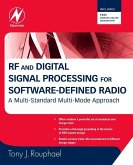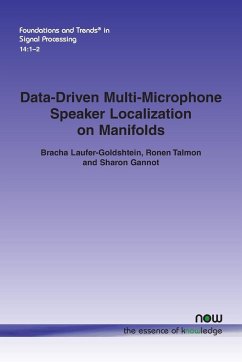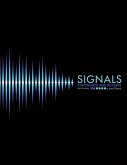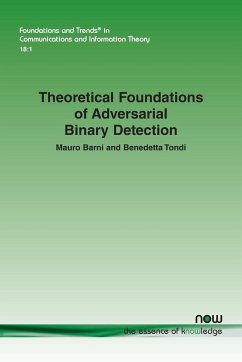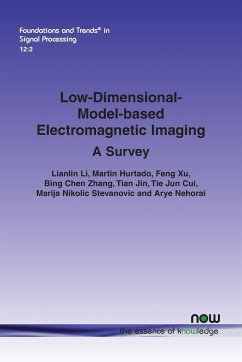Fundamentals of MEG and EEG: Biophysics, Instrumentation, and Data Analysis gives graduate students and researchers a technical understanding of the fundamentals of MEG and EEG that will enable them to gain expertise in the state-of-the-art, understand the generation, measurement and modeling of electromagnetic brain signals, understand the relationship of MEG/EEG with other brain imaging methods, design MEG/EEG measurement systems and evaluate their performance, and develop and evaluate data analysis methods.


